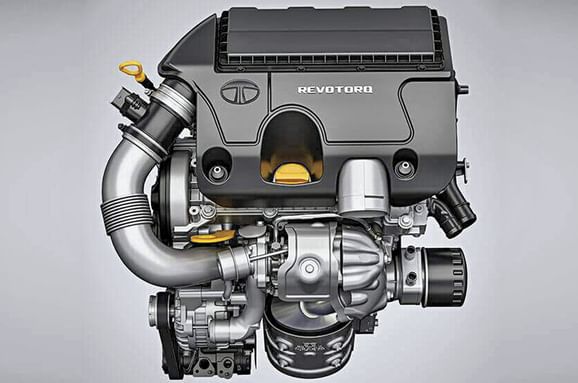Fiat’s ubiquitous 1.3-litre diesel engine will be discontinued in India with the incoming of new Bharat Stage VI (BS-VI) emission regulations in 2020, as there are no plans to upgrade the engine to comply with the new norms.
With Maruti, Fiat’s largest customer for this engine, and Tata Motors switching to their own, in-house-developed BS-VI diesel engines, there won’t be any takers for the Fiat engine. Also, the future of Fiat itself is uncertain in India and it’s likely that parent company, Fiat-Chrysler Automobiles (FCA) will axe the Fiat brand and concentrate its resources on making Jeep a success. Even if FCA continues to sell Fiats in India, the sales volume of under 6,000 units a year is too small to justify the huge development costs required to upgrade the Multijet from BS-IV. “After we lost Maruti and Tata as a customer, we knew that would spell the end of this engine,” said a company source.

Maruti was by far Fiat’s largest customer and used the Multijet to good effect to take advantage of the massive surge in demand for diesel cars in 2012-2014. Built under a license from Fiat, Maruti had heavily localised this engine, which made the manufacturing cost a lot lower than any other compact diesel motor. However, Suzuki’s ambitions of developing its in-house diesel technology and Osamu Suzuki’s aversion to paying royalty and license fees to Fiat (according to company sources) meant the eventual end of the engine partnership.
While the next-gen Swift, due for an India launch in March 2018, will come with the 1.3-litre Multijet from the new Dzire, from 2020, beginning with the next-gen Ciaz, all Maruti diesel cars are likely to switch to an all-new, 1.5-litre, four-cylinder Suzuki engine. The unit is said to be in an advanced stage of development. Suzuki’s 1.5 diesel is essentially two 793cc twin-cylinder units from the Celerio combined, and then downsized to duck under the crucial 1,500cc mark.

Tata Motors too is following its own powertrain strategy, introducing in-house diesels like the 1.05-litre, three-cylinder Revotorq and more recently, the 1.5-litre, four-cylinder Revotorq diesel that made its debut in the Nexon. Again, Tata’s new range won’t use the Multijet which has powered cars like the Vista, Manza, Bolt and Zest.
The discontinuation of Fiat’s 1.3-litre Multijet will mark the end of an era, during which the compact 1,248cc common-rail turbo-diesel racked nearly 3 million unit sales. Reliable and frugal, it powered 24 different cars from five different carmakers and, at its peak, was under the bonnet of 16 models concurrently. No wonder it’s been dubbed the ‘national’ diesel engine of India’.












































